You only get one first conversation. When I’m choosing a B2B SEO agency, the discovery call sets the tone for everything that follows. It’s where goals turn into plans and hype turns into evidence. Done right, the call shortens my path to qualified pipeline, avoids rework, and makes onboarding easier. Done poorly, it drags on, confuses ownership, and leaves me guessing about ROI. I make the first path the default.
How I Evaluate Answers to the Big 12
A tight set of questions turns a chat into a decision. I use these to cover strategy, execution, measurement, and accountability. Under each, you’ll see what I expect to hear and the red flag that makes me pause.
1) How do you tie SEO to revenue, not just traffic?
What I want to hear: A clear chain from keyword groups to pages to conversions, mapped to CRM stages and pipeline value. Clean GA4 and Search Console events, CRM integration, and monthly forecast-versus-actuals.
Red flag for me: “We’ll get more traffic and rankings; revenue depends on your sales team.”
2) What timeline do you expect for first wins and compounding gains?
What I want to hear: Early lifts from technical fixes in 30-60 days; compounding momentum from months 3-6 as content and links accrue. First influenced opportunities often in 60-120 days, with bigger gains from month 6 onward - assuming baseline health and timely approvals.
Red flag for me: “You’ll hit page one in 30 days. Guaranteed.”
3) How will reporting work and how often?
What I want to hear: A shared KPI view tied to business outcomes, monthly performance reviews, and weekly progress notes. Clear owners, due dates, and an accessible decision log.
Red flag for me: “We’ll send a monthly PDF with traffic.”
4) What resources do you need from us and how many hours?
What I want to hear: Access to analytics, CMS, and dev backlog; a content approver; a technical contact for releases. Estimated hours by role on both sides so capacity meets plan.
Red flag for me: “We don’t need much. We handle everything on our side.”
5) How do you approach link acquisition and digital PR?
What I want to hear: Editorial links from real publications via stories, expert quotes, and assets; domain transparency; no private networks; relevance and authority tracked at the page level.
Red flag for me: “We have a proprietary network and will place 50 links a month.”
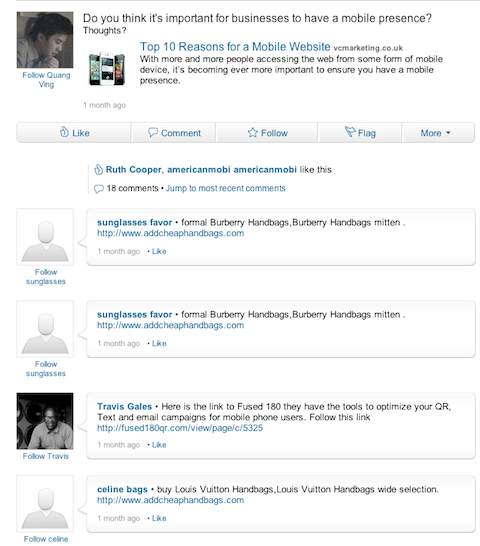
6) What is your plan for technical SEO in the first 90 days?
What I want to hear: A crawl and log-informed audit, speed and index management, internal linking, schema, and a prioritized roadmap tied to potential impact. Clear sequencing that aligns to my release cadence.
Red flag for me: “We’ll add keywords to meta tags and fix basic errors.”
7) How will you size content needs and capacity?
What I want to hear: Topic clusters built from keyword and SERP analysis; a balance of net-new pages, refreshes, and product-led content; publishing volume aligned to my approval bandwidth.
Red flag for me: “We publish as much as possible and see what sticks.”
8) How do you model keyword TAM and intent for B2B services?
What I want to hear: Demand estimates by intent and buying stage, linked to ICP problem themes; a laddered path from pain to product pages; realistic coverage plans for bottom-of-funnel terms.
Red flag for me: “We pick high-volume keywords first.”
9) How do you handle content approvals and accuracy?
What I want to hear: A subject matter expert loop; style and voice guidelines; fact checks to original sources. If AI is used, it’s for drafting and briefs, not final copy.
Red flag for me: “We write everything without your review to save time.”
10) What is your GA4 and CRM integration approach?
What I want to hear: Clean conversion events and UTM rules in analytics, plus integration with CRM or a warehouse. If needed, a simple attribution model by stage with known limitations explained up front.
Red flag for me: “We focus on analytics later. First we need rankings.”
11) What will you do if results lag behind forecast?
What I want to hear: Early detection, a root cause analysis, and reallocation of effort. A visible decision log with options, tradeoffs, and a revised plan.
Red flag for me: “SEO takes time. Let’s wait.”
12) Who owns outcomes and how do we keep everyone accountable?
What I want to hear: A named strategist who owns outcomes, a shared scorecard, and a mutual action plan with tasks, dates, and owners.
Red flag for me: “You’ll hear from the team as needed.”
Small note that matters: SEO rarely moves in a straight line. Early traffic can look soft even when leading indicators are green. That’s normal, not an excuse. I expect an agency to say both things at once and show me the why.
How I Confirm Fit Before I Commit
Before I commit, I confirm alignment between my revenue model and the agency’s playbook. I ask:
- Do you specialize in B2B services, and can you share relevant case studies with baselines and outcomes?
- How do you align with my ICP and sales cycle? Have you worked with similar ACVs and stage definitions? For context, here’s a primer on ideal customer profiles and buyer personas.
- What is your process for modeling B2B keyword TAM, and how do you quantify bottom-of-funnel intent?
- What’s the resourcing model by role? Who leads strategy, who writes, and who runs digital PR?
- How will you integrate with my CRM and analytics? Can you work with GA4, Search Console, Tag Manager, and my BI?
- How do you handle legal or compliance review for content?
- What is the plan for content refreshes versus net-new assets?
- How do you pilot ideas and cut low-yield tasks fast?
My scoring rubric
- Fit: 1-5. Do they match my industry, ACV, and cycle length?
- Complexity: 1-5. Can they handle my tech stack, legacy content, and multi-region setup?
- Risk: 1-5. Are dependencies, approvals, and resourcing clear? Lower score means higher risk.
I proceed if Fit is 4+, Complexity 3-4, Risk 3+. If any category is 2 or lower, I clarify before I move.
Red Flags That Disqualify Fast
It’s easier to stop a bad fit than to fix it. I ask the hard stuff:
- Do you guarantee rankings or a #1 spot?
- Acceptable to me: No guarantees. Forecast ranges tied to business goals.
- Unacceptable: Any guarantees of top positions.
- Do you use proprietary or private link networks?
- Acceptable: No. Editorial links from real sites with domain transparency.
- Unacceptable: Private networks of any kind.
- Will you share deliverables, placement lists, and content briefs?
- Acceptable: Yes. Full visibility for audit at any time.
- Unacceptable: “Our process is proprietary; we share limited samples.”
- Can this work without any content input from me?
- Acceptable: You can shoulder most work, but an SME loop preserves accuracy.
- Unacceptable: “We don’t need your input. We publish without approvals.”
- Can you deliver without technical access or releases?
- Acceptable: You need CMS or dev collaboration and plan around my sprint cadence.
- Unacceptable: “Access is optional; we’ll still hit results.”
- What is your stance on data ownership?
- Acceptable: I own data, accounts, and content. You work inside my tools.
- Unacceptable: “We own project data and keep our accounts private.”
- How precise is your timeline for ROI?
- Acceptable: Ranges with milestones and leading indicators.
- Unacceptable: “You’ll see full ROI in 30 days.”
Converting a Good Call Into Organized Motion
Once the fit is real, I translate a good call into structured execution:
- Owners and due dates for the first 90 days are named.
- Audit deliverables and timing are defined: technical findings, content plan, link prospecting standards, and analytics setup.
- Reporting cadence and response SLAs are agreed.
- Decision makers for the next session are confirmed.
- Procurement, legal, and security steps are mapped.
- “Success by day 30, 60, and 90” is written in plain terms.
My next-meeting invite outline
- Purpose: Align on goals, confirm audit scope, assign owners, and finalize the 90-day roadmap.
- Attendees: Executive sponsor, marketing lead, technical contact, content approver, and the agency’s lead strategist.
- Agenda:
- Recap goals and KPIs
- Technical audit scope and access
- Content cluster plan and SME workflow
- Link acquisition standards and targets
- Reporting setup and attribution
- Mutual action plan and dates
- Pre-reads: Current analytics snapshot, recent content inventory, and product positioning.
With consent, I record the call and use transcription so details aren’t lost. I share a written recap within 24 hours and attach the transcript. Accuracy builds trust. For more structure on follow-ups, see this follow-up email resource.
What a B2B SEO Discovery Call Really Is
A B2B SEO discovery call is a structured conversation that ties my growth goals to an SEO plan I can believe in. The purpose is simple: decide if the agency is a fit, align on outcomes, and map work to owners and dates. The output should include a draft KPI set, a 90-day plan outline, and a clear path to data access and approvals.
Who should attend
- Executive sponsor: I or another leader who owns revenue goals.
- Marketing lead: The person who runs day to day.
- Technical contact: Someone who knows the CMS and release cycles.
- Content approver: The person who protects voice and accuracy.
- The agency lead strategist.
What I bring
- Baseline KPIs from GA4: sessions, conversions, and attribution notes.
- CRM snapshots: organic pipeline, SQL rate, ACV, and sales cycle length.
- Content inventory: recent posts, key pages, and gaps.
- Known issues: crawl errors, migration history, or prior experiments.
How B2B differs
- Longer cycles: 3-12 months for full impact is normal.
- Multi-stakeholder decisions: Content must serve finance, IT, and the buyer.
- Lead quality over volume: A few right visitors beat a sea of the wrong ones.
- Heavier technical demands: Security, compliance, and complex site structures are common.
There is a small contradiction here: I want quick proof yet know big outcomes take time. The way through is to define early signals that matter and track them with care.
What Good Looks Like After the Call
A sharp discovery call does more than check a box. It improves qualification, sets realistic ROI expectations, and speeds onboarding. That translates to pipeline.
Benefits tied to pipeline
- Better fit: I select an agency that can win in my category, not just win rankings.
- Faster qualification: I filter noise and focus on the right work sooner.
- Clearer ROI: We agree on the math, the model, and the milestones.
- Smoother onboarding: Access and approvals are set. No guessing.
- Fewer surprises in legal and procurement: The plan is clear.
Mini benchmark ranges I use
- Time to first visible wins: 30-60 days from technical fixes and quick refreshes.
- Compounding growth: Months 3-6 as clusters gain traction and links index.
- Pipeline impact: First influenced opportunities in 60-120 days for healthy sites; larger gains around months 6-9.
How I track post-call
- Opportunities created from organic by month and segment.
- Pipeline value from organic leads against forecast.
- SQL rate and win rate of organic leads.
- Content velocity versus plan and average time to publish.
- Technical task completion rate and release cadence.
If an agency cannot connect these dots in the discovery call, they won’t connect them later. For additional structure on qualification, see this guide to Sales Qualification.
Field-Tested Tips That Keep the Call Productive
-
Prepare baseline metrics
I walk in with 12 months of organic sessions, conversions, SQL rate, ACV, and cycle length. Reality in, reality out.
-
Lead with ICP and goals
I define who I sell to, what I sell, and what a good lead looks like. I share one win story and one lost deal story.
-
Insist on specifics and proof
I ask for examples of technical fixes, content wins, and earned links. Before-and-after snapshots make ownership obvious.
-
Review sample deliverables
I look at a real technical audit, a content brief, and a link outreach example. I want named owners, dates, and expected impact.
-
Align content capacity and approvals
Publishing pace is either a bottleneck or a flywheel. I confirm how many assets I can review per month and who approves.
-
Clarify link acquisition sources and vetting
I ask for a simple link policy: which domains are in scope, how they pitch, and how quality is measured. Editorial links win.
-
Set reporting cadence and KPIs
I decide on the monthly KPI snapshot, weekly updates, and who receives what. One scorecard, one shared place.
-
End with a written mutual action plan
Within 24 hours, I expect a one-page plan that lists access needs, audits, early wins, owners, and dates.
A quick note worth remembering: privacy shifts and GA4 quirks can blur attribution. I expect some wiggle in the numbers and ask how the agency reduces noise - clean UTM rules, consistent conversion definitions, and a simple approach for assisted conversions.
Final Thought
SEO is patient work that rewards momentum. If my discovery call gives me a clear plan, real math, and confident owners, I’m not gambling. I’m building a system that compounds. That feels good because it is.

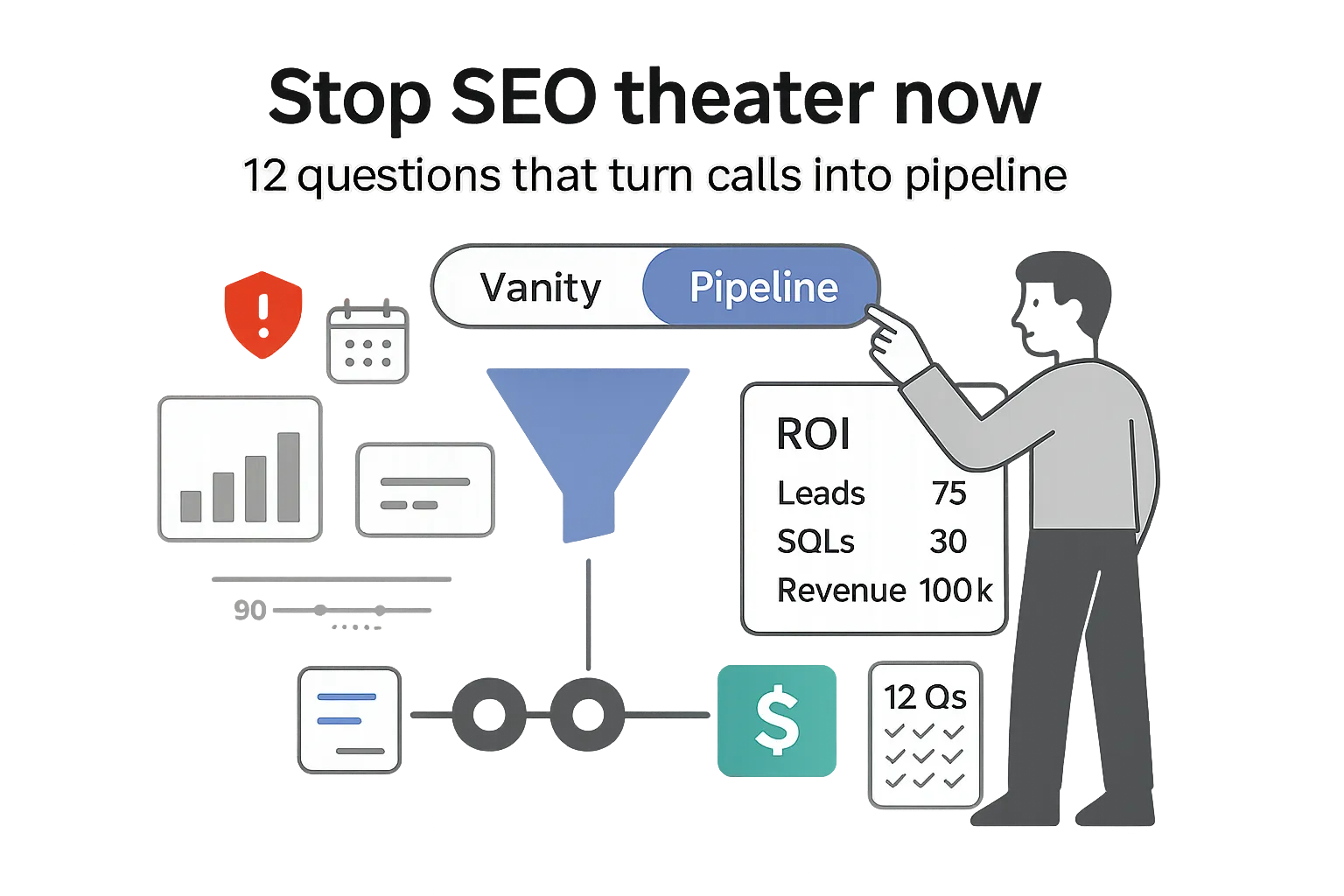

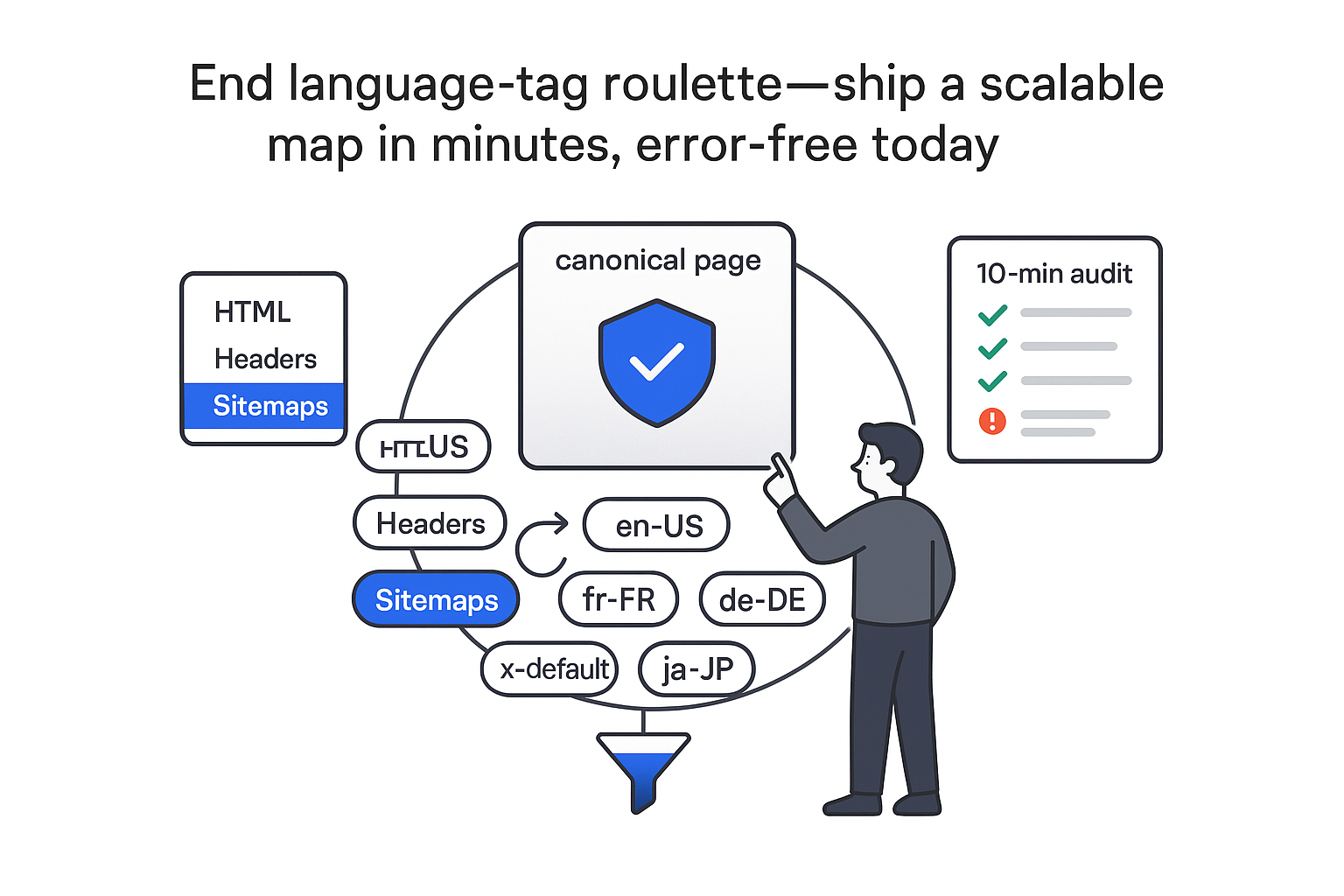
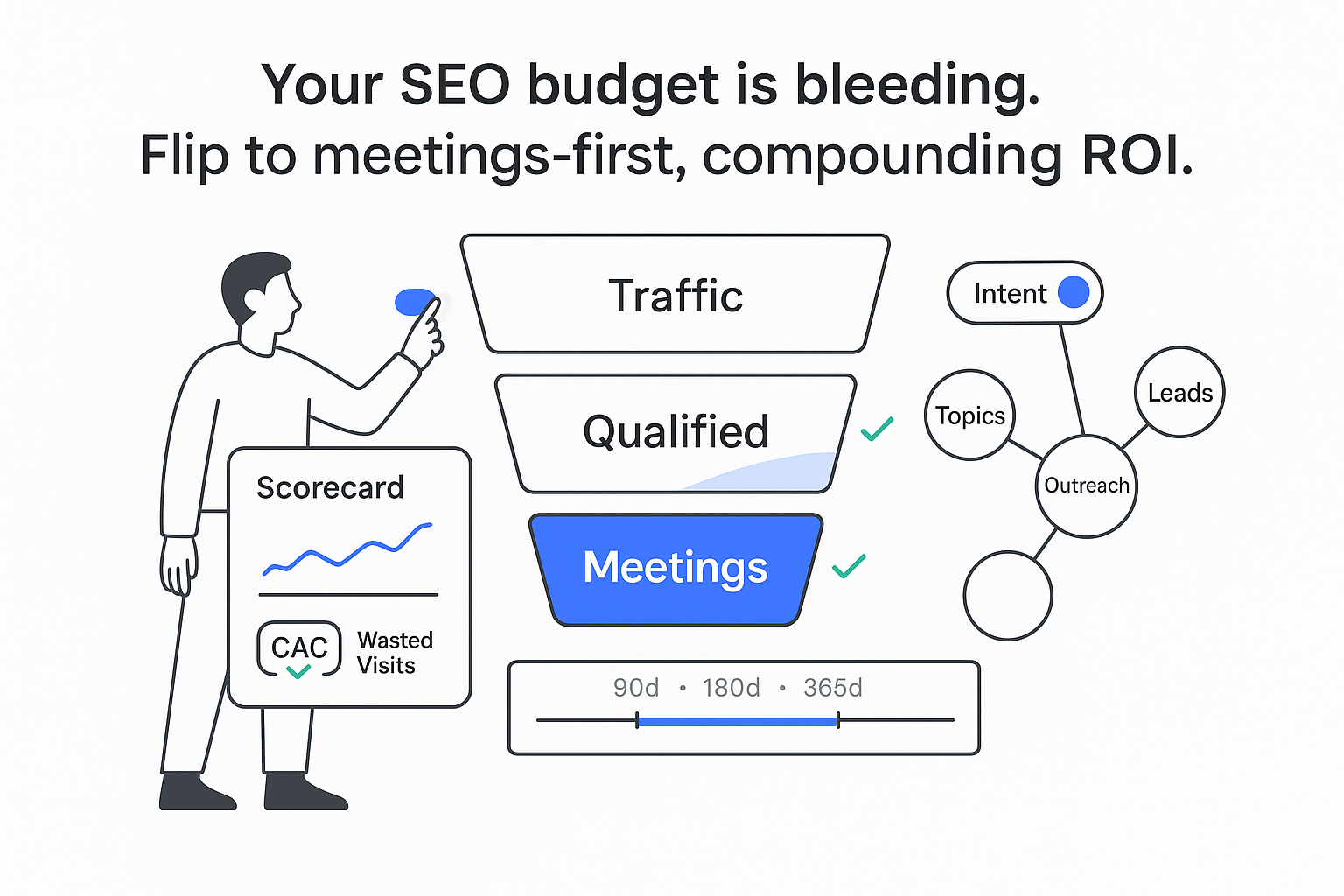

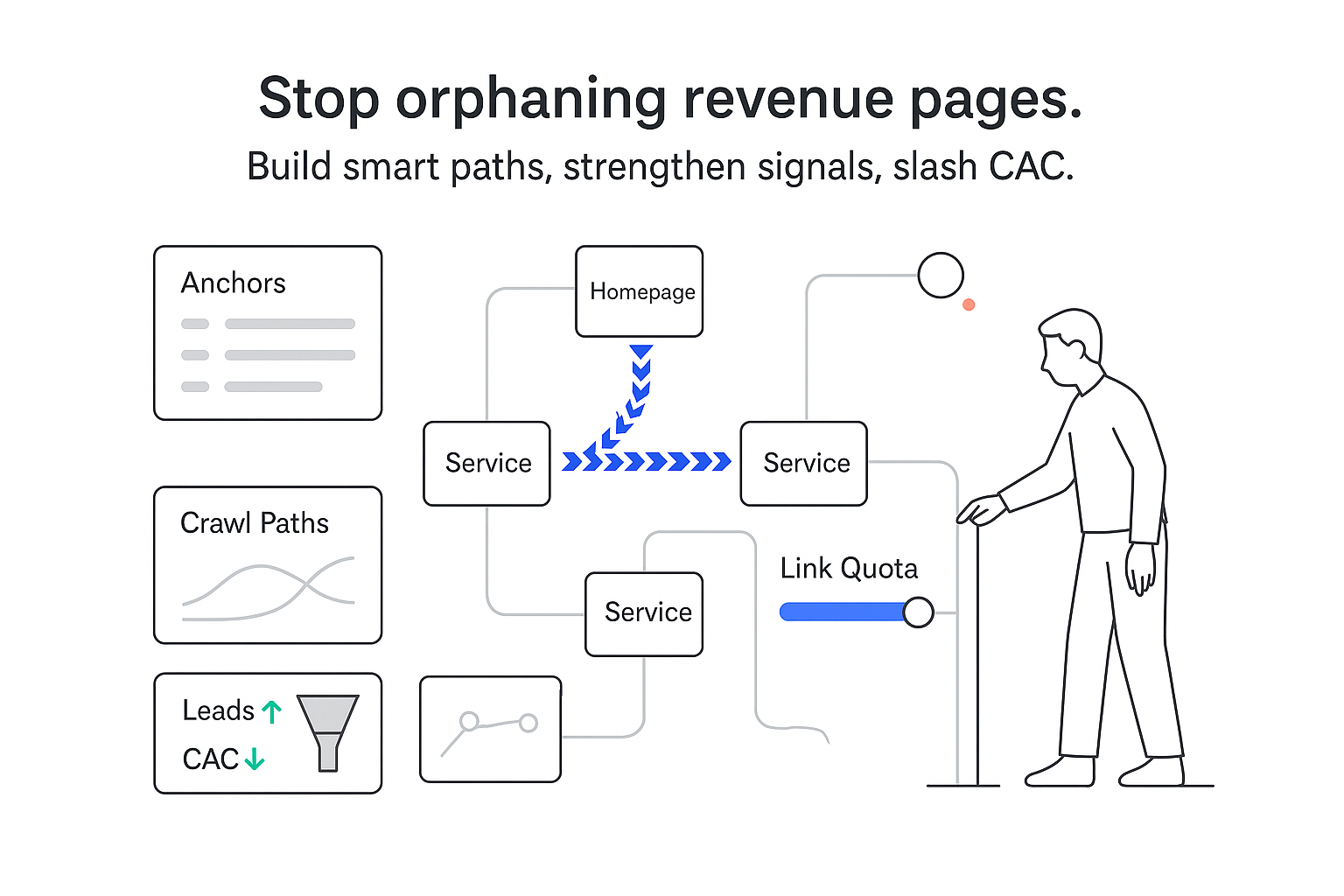
.svg)